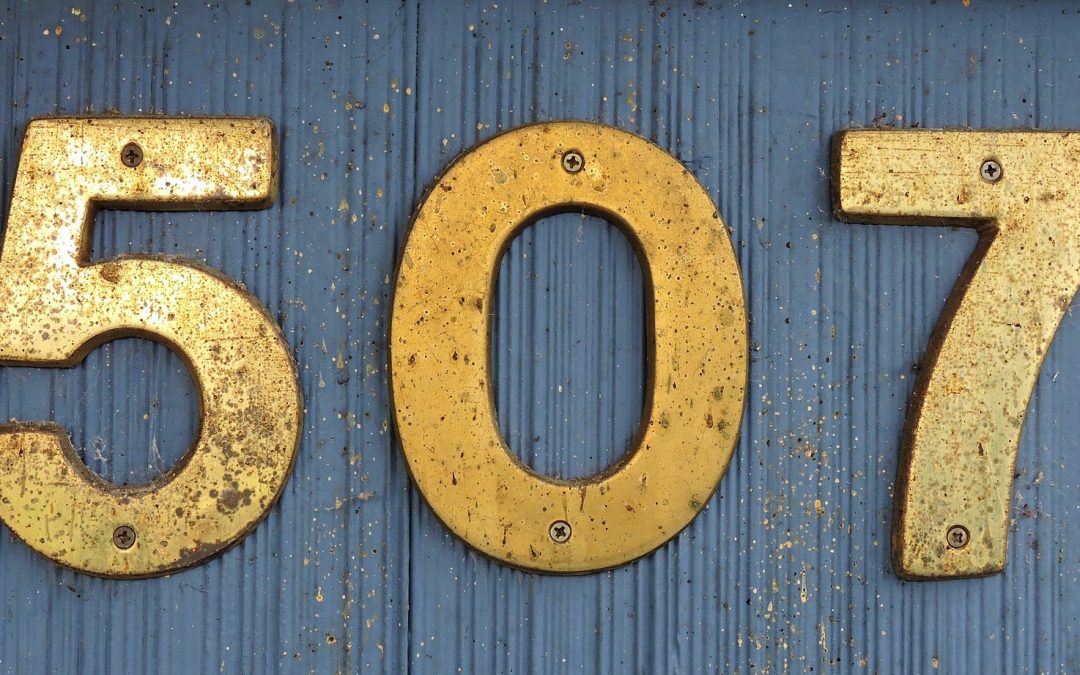House numbers serve a critical function for emergency personnel, so homeowners should make sure that they’re clearly displayed. House numbers should be clear enough so that police, the fire department, paramedics, etc., can quickly locate properties in an emergency. House numbers are often the only way that first-responders can identify their intended destinations. A number of jurisdictions have begun enforcing laws through strict fines for homeowners who do not comply with laws that impose requirements for house numbers.
Common Requirements
Many municipalities and counties have implemented ordinances requiring property owners to standardize the display of their house numbers or face stiff fines. Typical requirements include displaying street numbers in block numbering at least 4 inches tall and ½-thick, with a reflective finish or with a source of night-time illumination.
In order for house numbers to be visible from the street, they should:
- be large;
- be of a color that contrasts with their background. Reflective numbers are usually helpful because they are easier to see at night than numbers that are not reflective;
- not be obscured by any trees, shrubs, or other permanent objects;
- face the street that is named in the house’s address. It does emergency workers no good if the house number faces a different street than the one the workers are traveling on;
- be clearly displayed at the driveway entrance if the house is not visible from the road.
- be visible from the vehicle access area of the home. Some homes have alley access and the front of the home is for pedestrians only.
Future Adjustments
Even if a house number is currently adequate, it might need adjustment in the future. The following are common reasons for future adjustment:
- The numbers assigned to houses by the municipality occasionally change, and homeowners must adjust their house numbers accordingly.
- The trees or shrubs in front of the house have grown so much that the number is no longer visible. House numbers installed in the winter may be visible during that season but become blocked by budding vegetation by spring or summer.
- Numbers will require maintenance when they get dirty. Numbers may not be reflective or contrasting if they are covered in mud.
- Snow piles created by snow plows during the winter may be high enough to cover the number. If this happens, the number should be raised so this situation does not repeat.
For more home-safety tips, please click here https://greydoginspections.com/blog/
To learn more about Grey Dog Home Inspections, LLC, please click here https://greydoginspections.com/


Recent Comments